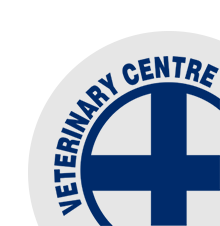Mated hoggets - early pregnancy weight gain essential
/Looking at the financial returns from hogget mating, we have demonstrated that better returns can be made by mating fewer, well grown hoggets (taking a cut-off weight of 40-42kgs) than putting the rams out with all hoggets and seeing what takes. Once mated, from June - July mated hoggets still need to be a priority. This is the only chance until their lambs are weaned that they can really grow without the drain of heavy pregnancy and lactation. Hoggets need to grow at 100g/day for the first 100 days of pregnancy. Work on an allocation of ~1.6kgDM/hd/day. This is important to build a decent frame for lambing. When farmers who hogget mate end up with poor 2 tooths, it can be because they are not growing out during pre-tup to pre-lamb (March to July) and/or post weaning (January to March the following year).
Very fast growth rates (>250g/day on forage crops) may be detrimental to ovulation or lead to large birth weighty lambs and more dystocia. Red clover and lucerne with leaf spot may reduct ovulation.
Animal health wise, parasites can be managed effectively through prudent use of bionic capsules or long acting injection. B12, Selenium and iodine are important also.
There are a number of things under management control that can make a big difference to your hogget mating outcome. Talk to us to go through a hogget mating check list.







